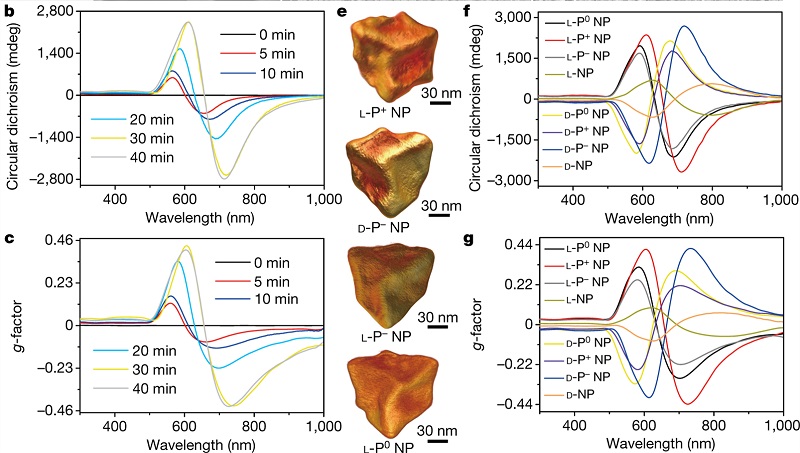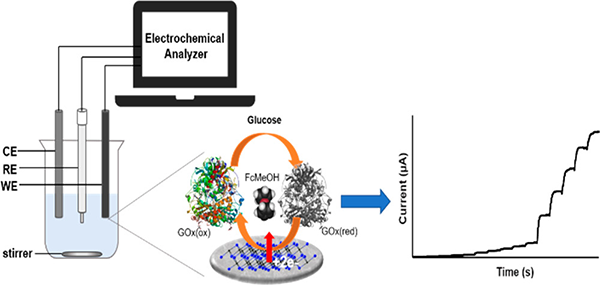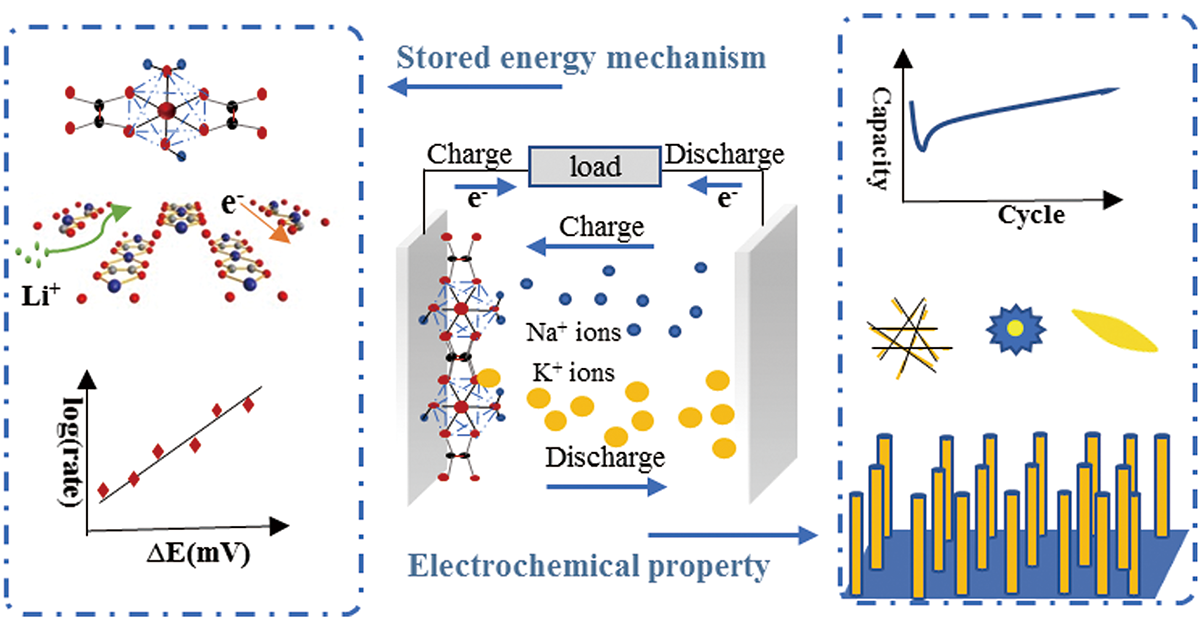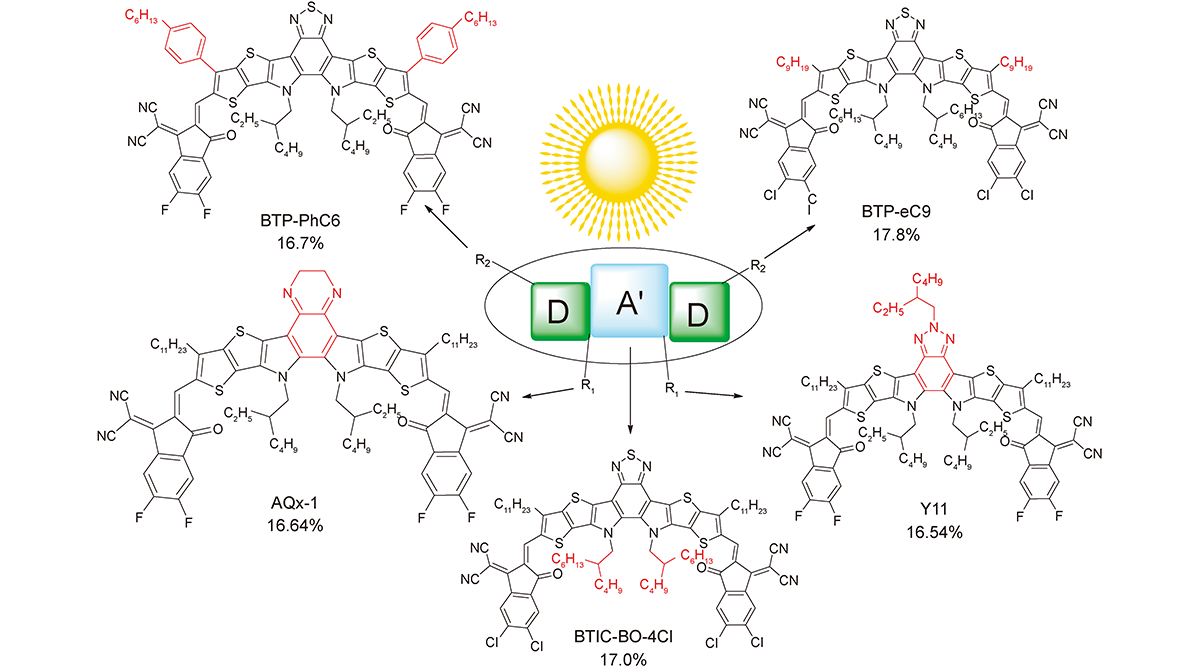The emitting materials with thermally activated delayed fluorescence (TADF) characteristics have received increasing attention in recent years. As a typical d10 metal, Cu(Ⅰ) is the most widely investigated one used to construct d10 metal-organic complexes. The copper metal-organic complexes often have certain superior luminescence properties because they can harvest both singlet and triplet excitons and exhibit much higher luminescence quantum yields close to 100%. They are cost-effectiveness and comparable with phosphorescent materials in terms of device efficiency. In addition, they have lowlying metal to ligand charge transfer(MLCT) excited states with small energy difference between the lowest singlet state and the lowest triplet state (ΔEST), which is a key point to facilitate the reverse intersystem crossing (RISC) process in tuning triplet excitons to singlet excitons for TADF emission. Meanwhile, the energy difference can be adjusted by different ligands or substituents. In this paper, we summarize and analyze the structure and luminescent properties of TADF copper complexes reported in recent five years, according to the types of the coordination atoms. These complexes are classified into four classes,and the coordination atoms are mainly N, P, X (halogen), C, S(O). We mainly discuss the effects of the structures on the luminescent properties. Finally, the potential applications in organic light-emitting diodes(OLEDs) are also prospected.
Contents 1 Introduction
2 TADF copper complexes with N and P coordination atoms
2.1 Mononuclear copper complexes with N and P coordination atoms
2.2 Binuclear copper complexes with N and P coordination atoms
3 TADF copper complexes with N, P, X (halogen) coordination atoms
3.1 Mononuclear copper complexes with N, P, X (halogen) coordination atoms
3.2 Binuclear copper complexes with N, P, X (halogen) coordination atoms
3.3 Polynuclear copper complexes with N, P, X (halogen) coordination atoms
4 TADF copper complexes with N, P, C coordination atoms
4.1 Copper complexes containing carbine ligands
4.2 Copper complex containing (iso-) cyanide ligand
5 TADF copper complexes with N, P, O(S) coordination atoms
5.1 Mononuclear copper complexes with N, P, O(S) coordination atoms
5.2 Binuclear copper complexes with N, P, O(S) coordination atoms
5.3 Polynuclear copper complexes with N, P, O(S) coordination atoms
6 TADF copper complexes by theoretical studying and designing
7 Summary and outlook



























